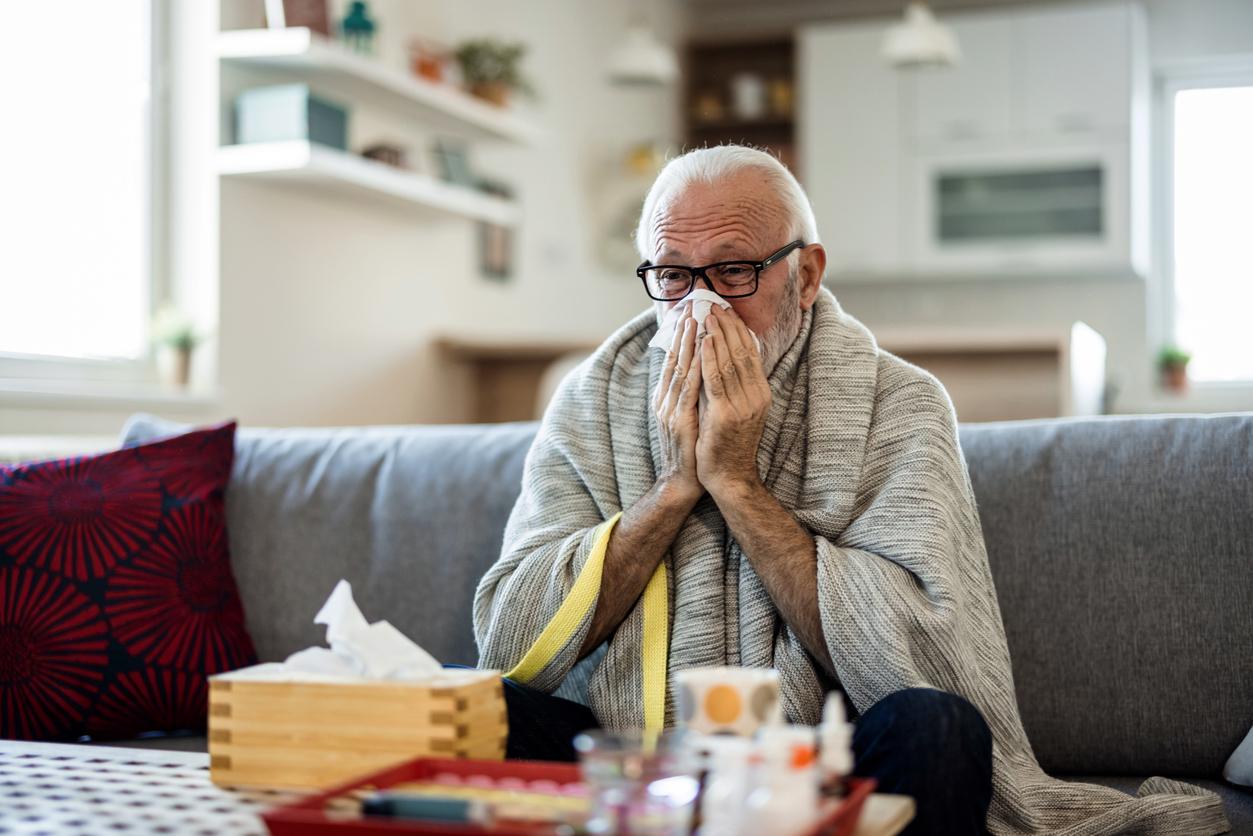After clinical recovery, almost a third of patients continue to excrete coronavirus and therefore remain contagious for at least a week. They must therefore be kept longer in the hospital, which is bad news for the availability of beds.

- Study of Chinese coronavirus patients shows they remain infectious for days after recovery
- This would involve extending the periods of hospitalization with consequences on the number of beds available
While the world is panicking, the whole of Italy is now in quarantine and the stock markets are heckled, the coronavirus epidemic continues to spread at different speeds depending on the country. Understanding the reasons for these differences in the speed of contamination is essential to slow an epidemic that would become difficult to manage if hospitals were to run out of available beds.
It is now clear that the coronavirus is contagious, almost as much as the flu (each patient would contaminate between 2 and 3 people). The virus is present in various bodily fluids, including saliva, nasal and bronchial mucus, and feces, which increases the chances of infecting other people.
Mainly indirect human-to-human contamination
Contamination between people, known as “human-to-human”, occurs through droplets of saliva expelled in the breath during coughing and sneezing (but also kissing), without being the main mode of contamination.
The majority of contamination would occur through contaminated everyday objects, such as door handles, elevator buttons, etc. and shared objects (cutlery, toothbrushes, etc.).
Vector hand and object disinfection
This is what justifies all the current preventive measures (isolation of patients, wearing of masks by infected people, regular hand washing, disinfection of objects, etc.), which work in countries where they are correctly applied, such as Korea. of the South, which sees the number of new contaminations drop drastically.
A review study JAMA recently showed which were the contaminated objects in a patient’s room (bed, table, light switch, remote control, bell, chair, window, cutlery, door handles, sink, toilet… and even air conditioning fan blades ) and confirmed that the disinfection of the rooms with the usual products was very effective. Of which act.
Extended duration of infectiousness
However, one element remained uncertain: the duration of contagiousness of the patients. A publication of Lancet responds to this uncertainty. A team of Chinese doctors who took care of the first 191 infected and hospitalized patients, in Wuhan, in two hospitals, and were able to follow them until their recovery (or their death). Careful monitoring of patients shows that many of them remain contagious after clinical recovery.
Indeed, while the average length of hospitalization of cured patients (n=137 out of 191) is 21 days (17 to 25 days) after the onset of the disease, excretion of the coronavirus is observed in a third of them. them up to 4 weeks after the first symptoms. Detection of viral RNA is observed on median for 20 days (16 to 23 days) after the onset of the disease.
Major consequences
This observation of the persistence of viral excretion after recovery could explain why it was suspected that some patients became reinfected after their recovery. This may be false negative on the penultimate test or prolonged but irregular shedding of virus after clinical recovery.
This prolonged excretion, of course, has important implications for the length of isolation of recovered patients. In France, it is recommended to let them out only when the absence of virus excretion is verified on 2 samples, so this policy is not called into question by this study.
On the other hand, at a time of great tension on the number of beds available in hospitals, hospitalizing a patient on average for four weeks instead of three does not have the same consequences in terms of the occupation of hospital beds.
We must therefore persist in the current measures aimed at slowing the spread of the epidemic in France to avoid a peak in attendance which would be very difficult to manage.

.















